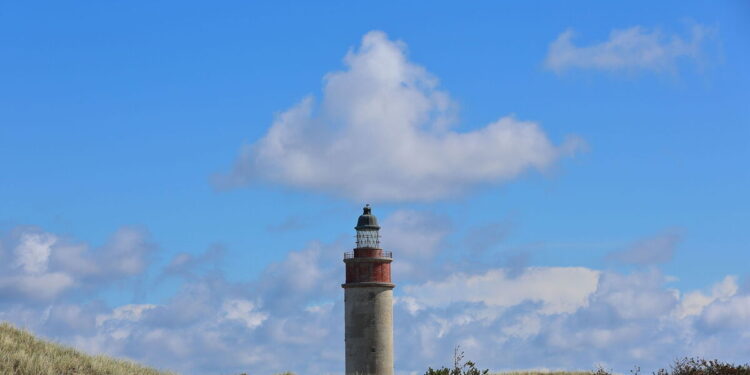Spanned across 8.5 square miles (22 square kilometres), the hidden gem is popular for its sandy beaches, dunes, heathland and the desert-like Ørkenen (“The Desert”), which covers a significant part of the island.
The place is ideal for hiking and exploring unique flora and fauna and also boasts some of Denmark’s most beautiful beaches with clear water and white sand. The beaches are great for swimming, sunbathing and water sports.
Travellers who have been on the island have called it a “hidden gem”.
“The castle was amazing to see and immensely big,” a visitor wrote on TripAdvisor. “We were amazed. It has a maze where you can walk around in. Next to that, it has many birds and beautiful flowers which we adore.
“The museum is definitely worth the visit!! You can get a tour and experience how royals lived years ago. Oh and there is a painting of Rembrandt! One of our favorites so that was great to see.
“After our walk in the gardens and the visit to the castle itself, we sat at the restaurant, which had a very extensive card. We sat on the terrace with a view of the water and the park! Service was on point! All in all, go and visit.”
Another one chimed in: “The surroundings of this Altes Schloss are worth a trip, but the Wasserburg itself is a worth a praise. It is an absolute treat to go and stay here for lunch, drinks or dinner. Quality is superb and if you are lucky and the weather is good you can sit outside at the terrace floating on the water surrounding the old castle.”
The island’s only settlement is its village which features charming cottages, small shops and cozy cafes. The community thrives on fishing and tourism which is mostly boosted during the summer season.
Despite its small size, the island’s ecology is unique, with several species of plants and insects found only on Anholt. The island has no cars (except a few used for local purposes), making it a serene escape from urban life.
However, the charming island has an interesting history too. During the Napoleonic Wars, Anholt played a significant role as a navigation and signal point.
In 1811, British forces occupied the island to maintain control of the Kattegat, leading to the Battle of Anholt, where British forces defeated Danish troops attempting to reclaim it.
Travellers visiting the island can visit the popular Anholt Lighthouse. It is located at Totten, the island’s eastern tip and offers breathtaking panoramic views of the island and sea.
One can also rent a bicycle or enjoy walking along well-marked trails that lead through heathlands, forests, and the village. The lack of cars makes exploring the island peaceful and eco-friendly.
The primary access to island is via ferry from Grenaa on Jutland’s east coast. The trip takes about 3 hours.
The most popular season for tourists, with warm weather, lively activities, and accessible ferries.
Source link : http://www.bing.com/news/apiclick.aspx?ref=FexRss&aid=&tid=67baf26494c0427c8247a504044f37d7&url=https%3A%2F%2Fwww.express.co.uk%2Fnews%2Fworld%2F1998759%2Ftiny-little-paradise-island-europe-anholt&c=11478390662326989806&mkt=de-de
Author :
Publish date : 2025-02-23 01:00:00
Copyright for syndicated content belongs to the linked Source.


